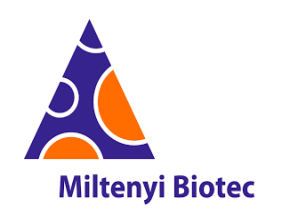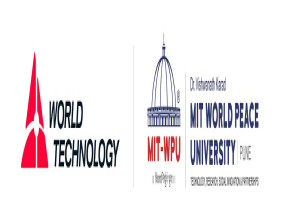The changing nature of work and technological developments have led organizations to focus on specific improvements to increase workplace efficiency. Today businesses are increasingly capitalizing on AI and cloud-based solutions to stay on the cutting edge and enhance productivity. The recent interest in automating processes to conduct operations with minimal human intervention has made Robotic Process Automation (RPA) technology the way forward.
 |
Murali Manohar, Senior Director and General Manager, India Subcontinent, Infor
RPA is fast emerging as a strategic capability, promising various benefits for organizations. From executing high-volume, repetitive, time-consuming tasks to delivering accurate services and decreasing overhead costs, RPA is resulting in a considerable return on investment. According to a recent report by Kenneth Research, the global RPA market, worth USD 1.6 billion in 2021, is projected to grow at a CAGR of 27% between 2022-2031. The Asia-Pacific region is anticipated to garner the highest CAGR during this forecast period. While IT and Telecom industries were the early adopters of RPA technology, it is also increasingly gaining prominence among non-IT organizations. The increasing adoption of automation services across sectors such as manufacturing, BFSI, healthcare, retail, and others, is a crucial factor boosting the market growth in the Asia Pacific region. RPA is thus becoming a powerful tool to stimulate growth and innovation in non-IT domains as well.
Non-IT applications of RPA
Examples of RPA applications are appearing across the enterprise. This includes smart bots that speed up the processing of external vendors' invoice approvals; RPA workflows that incorporate AI to automate monthly data collection and metric calculations; and RPA bots automating back-office operations involving compliance, orders processing and customer requests.
As automated workflows become more common in business applications, RPA functionality will increasingly be built into commercial software. Recent trends such as Industry 4.0 demonstrate the utility of these tools.
RPA as an accelerator of Industry 4.0
Industry 4.0 focuses on the synchronization of Information Technology (IT) and Operational Technology (OT), forming a cyber-physical continuum, or computer system monitored by computer-based algorithms, incorporating IoT-enabled intelligent devices. As RPA becomes more integrated with Artificial Intelligence (AI) and Machine Learning, the adaption of RPA tools utilizing AI will accelerate the effectiveness of Industry 4.0 across the entire value chain.
For example, shop-floor processes are still often driven by paper-based tracking. Custom-defined workflows enable users to automate and streamline tracking as new functionality is needed. The results can be used for advanced dashboards and reporting. As Industry 4.0 adoption gains traction, we will see increased RPA adoption in manufacturing operations.
RPA as an enabler of business resilience
COVID-19 has caused a series of disruptions, significantly in global supply chain and human resources. In response, firms are increasingly turning to RPA projects to deal with these disruptions and increase resilience in their business process operations. Such large-scale adoption implies growing recognition of the value of RPA among non-IT stakeholders.
Widespread adoption of RPA across the enterprise is set to drive yet another technology-driven shift in the modern workforce. A future workforce freed from repetitive and mind-numbing tasks, will be empowered to maximize their creativity and focus more on high-value operations such as broadening product lines, technological innovation, expanding to more market segments, and offering quality customer service.
As RPA becomes the norm for firms across the globe, there is a growing awareness of its potential among non-IT stakeholders. RPA's resilience and scalability were demonstrated during the onset of COVID-19 disruptions. Industry 4.0 will keep RPA and associated AI functionality at the forefront of organizational change well into the future.
This article is written by Murali Manohar, Senior Director and General Manager, India Subcontinent, Infor.
![]()




